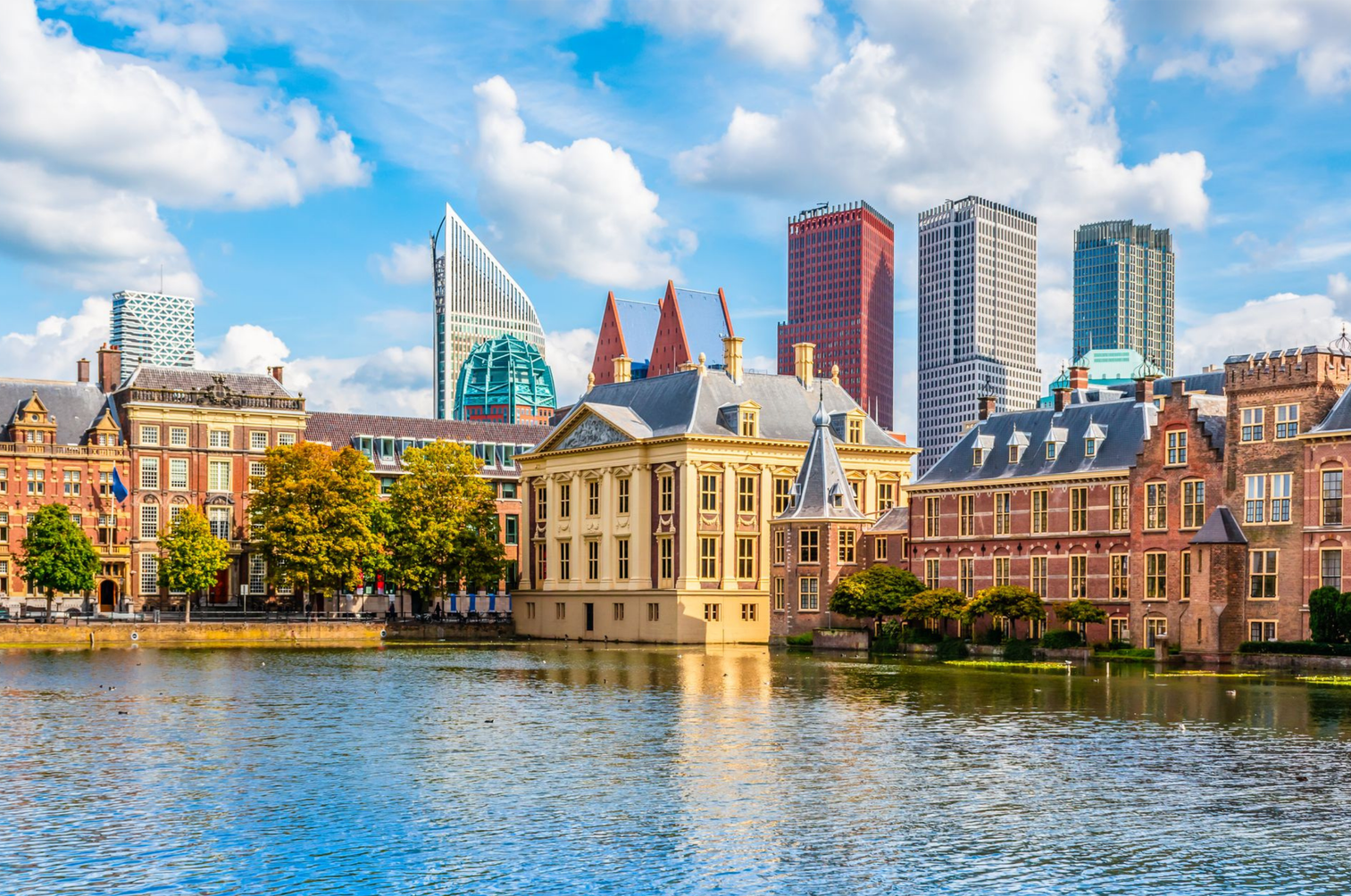Herbert Smith Freehills commits to net-zero carbon emissions by 2030
Herbert Smith Freehills has today announced its intention to reduce its carbon emissions to net zero by 2030.
The commitment will see the firm reduce overall greenhouse gas (GHG) emissions, by first reducing the emissions that it produces and then balancing that lower figure with emissions removed from the earth’s atmosphere to reach a net sum of zero.
The firm will reduce its carbon emissions in a number of ways, including: using clean energy; working with those suppliers who are also committed to reducing emissions; and supporting initiatives that remove any carbon dioxide that the firm produces from the atmosphere.
“This is the right thing to do – and I’m proud that we’ll be among the leaders in the legal sector meeting this challenge,” said Herbert Smith Freehills CEO Justin D’Agostino. “We’ve made excellent progress in sustainability over the last five years, but we need to go further – and we need to do it now.
“Our commitment to net-zero carbon by 2030 dramatically ramps up our own environmental efforts, while we continue to support our clients' efforts to reduce their end-to-end carbon footprint too.”
The new goal is backed by science-based targets aligned with the requirements of the Paris Agreement, which seeks to limit global warming to 2° Celsius above pre-industrial levels, but the firm will pursue changes to limit warming to 1.5°.
Herbert Smith Freehills is seeking independent verification for its commitment from the Science Based Targets Initiative (SBTi), an organization formed by the United Nations, World Wide Fund for Nature, CDP and others to encourage and measure corporate climate action.
The firm will publish annual updates on its progress towards achieving net-zero carbon in the firm’s Responsible Business Report.
The move is part of longstanding efforts to operate as a more sustainable business. In May 2017, the firm committed to reducing its carbon emissions by 15%, energy consumption by 10% and paper consumption by 30% by the end of 2020. By the end of 2019, the firm had beaten all three of its goals - a year earlier than planned.
To find out more on how we help clients navigate the impact of climate change, click here.
Notes
Two terms, in particular – ‘carbon neutral’ and ‘net-zero carbon’ – are often used interchangeably but represent very different approaches to combatting climate change.
Carbon neutral
Carbon neutrality means balancing greenhouse gas (GHG) emissions by ‘offsetting’ – or removing from the atmosphere – an equivalent amount of carbon for the amount produced.
This can be achieved by buying ‘carbon credits’ – in essence, permission to emit carbon dioxide or other greenhouse gases in exchange for offsetting the effects of those emissions – and/or by supporting greenhouse gas-reduction initiatives such as renewable-energy projects.
However, a commitment to carbon neutrality does not require (or even necessarily imply) a commitment to reduce overall GHG emissions. A carbon-neutral business needs only to offset the GHG emissions it produces – even if those emissions are increasing.
Net-zero carbon
In contrast, a commitment to net-zero carbon means reducing greenhouse gas emissions with the goal of balancing the emissions produced and emissions removed from the earth’s atmosphere.
Take, as a simplified example, the case of air travel: if, in total, people within a given business take 10 flights per year, the organization could achieve carbon neutrality for those 10 flights simply by buying enough carbon credits or by supporting renewable-energy projects to offset the emissions (or a combination of the two).
To achieve net-zero carbon, the company would need to reduce the number of flights per year as much as possible (to five, for instance) and also invest in projects that remove from the atmosphere the carbon dioxide produced by emissions from the other five flights.
Extrapolate a similar pattern across all the ways a business might produce emissions – such as heating its buildings or buying from suppliers who produce emissions – and the company achieves net-zero by:
- reducing its GHG emissions across all these activities as much as possible
- supporting/funding the removal of carbon dioxide produced by any emissions the business does produce.
INSIGHTS:










